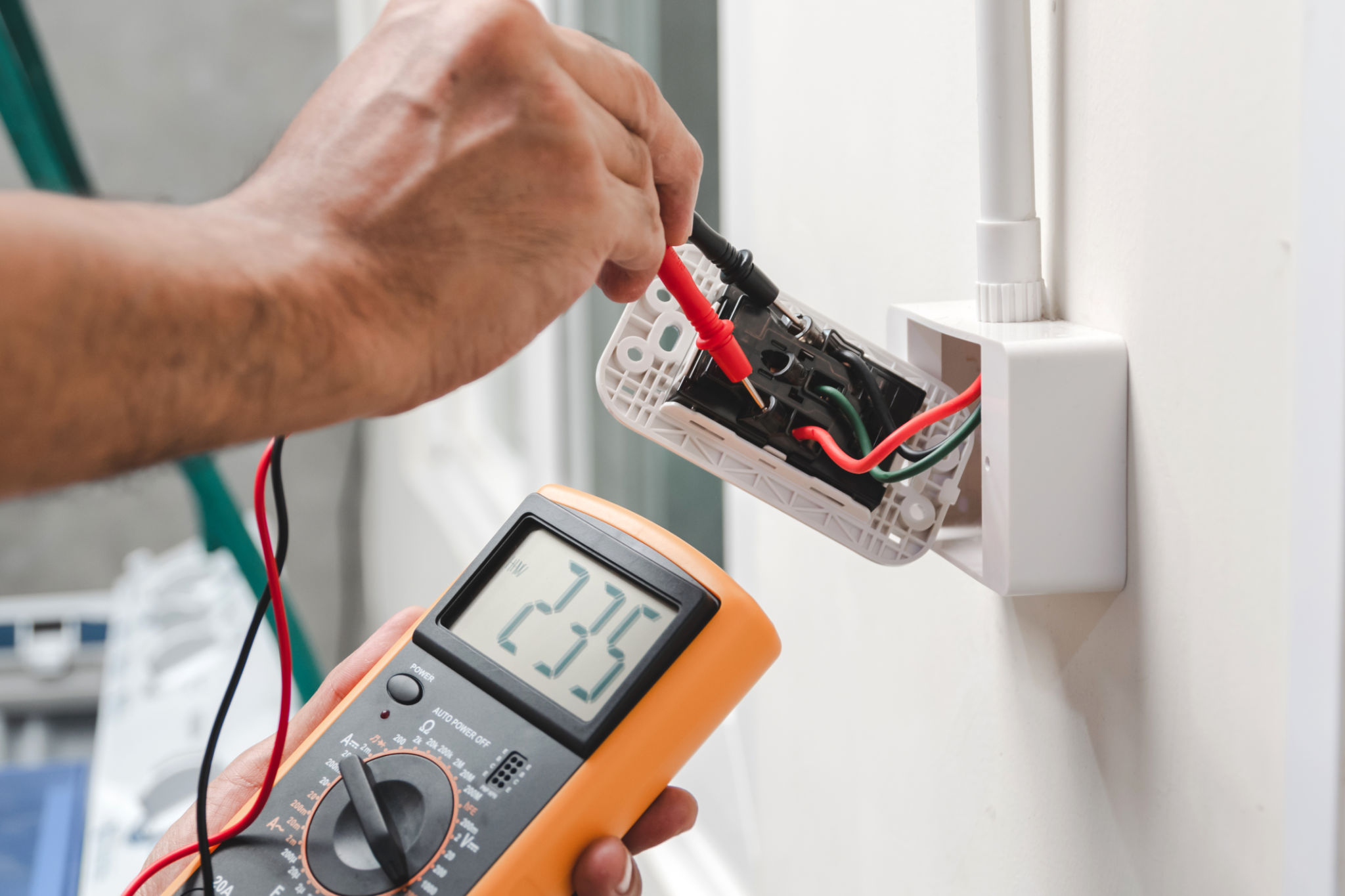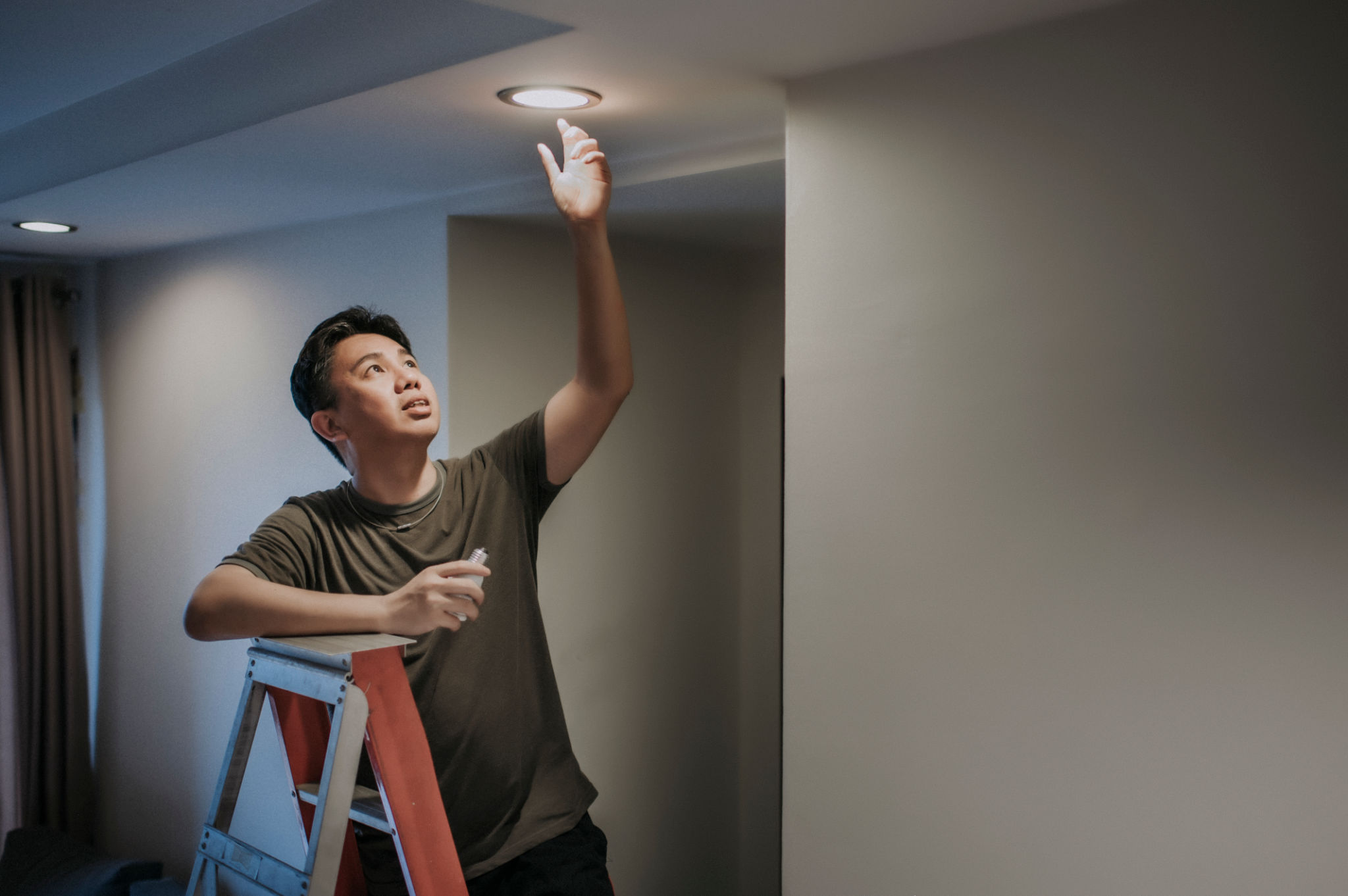Top 10 Electrical Repairs Every Homeowner Should Know
AG
The Importance of Understanding Basic Electrical Repairs
As a homeowner, being prepared to tackle basic electrical repairs can save you time and money. While major electrical work should be left to professionals, there are several minor repairs that you can confidently handle yourself. Knowing these repairs not only helps in maintaining household safety but also ensures the smooth functioning of your home.

1. Replacing a Light Switch
One of the most common electrical issues is a malfunctioning light switch. Replacing a faulty switch is a straightforward task that requires basic tools like a screwdriver and a voltage tester. Always ensure the power is turned off at the breaker before starting any work. Carefully replace the old switch with a new one, making sure all wires are securely connected.
2. Fixing a Tripped Circuit Breaker
Tripped circuit breakers are common in households, often caused by overloaded circuits. To reset a tripped breaker, locate your electrical panel and identify the switch in the "off" position. Simply flip it back to "on" to restore power. If this happens frequently, it might be time to assess your power usage or consult a professional.

3. Repairing an Outlet
Non-functioning outlets can be frustrating, but they are often easy to fix. Start by checking if the outlet is connected to a tripped GFCI outlet and reset it. If that doesn't work, ensure the power is off and remove the outlet cover. Inspect for loose wires or connections and tighten them accordingly.
Understanding Your Home's Wiring
Your home's wiring system is integral to its electrical functionality. Familiarizing yourself with its layout can aid in diagnosing issues more effectively. Always exercise caution and consult manuals or professional help when needed.
4. Replacing a Light Bulb
Though simple, replacing a light bulb is an essential skill for every homeowner. Use a ladder if necessary and ensure the switch is turned off before removing the old bulb. Select a suitable replacement that matches the fixture's wattage requirements.

5. Installing a Ceiling Fan
Installing a ceiling fan can improve air circulation in your home and is not as daunting as it seems. First, ensure the power is off at the breaker. Follow the manufacturer's instructions for assembly and installation, taking care to securely mount the fan to avoid any accidents.
Troubleshooting Common Electrical Problems
Troubleshooting common electrical problems involves both patience and knowledge. Being aware of typical issues can help you resolve them quickly and efficiently, keeping your home safe and functional.
6. Fixing Flickering Lights
Flickering lights are often caused by loose bulbs or faulty connections. Tighten the bulb and check the fixture for any loose wires. If flickering persists, it may indicate a more serious issue with your wiring, requiring professional attention.

7. Resetting GFCI Outlets
Ground Fault Circuit Interrupter (GFCI) outlets protect against electrical shock by shutting off power during a ground fault. If an outlet trips, press the "reset" button located on the outlet itself. Regularly test these outlets to ensure they function correctly.
8. Replacing Fuses
If your home uses a fuse box instead of circuit breakers, knowing how to replace fuses is essential. Identify the blown fuse by looking for broken metal filaments or discolored glass. Replace it with one of the correct amperage to restore power.
Final Thoughts on DIY Electrical Repairs
Basic electrical repairs are manageable for most homeowners with the right knowledge and precautions. However, always prioritize safety and seek professional assistance when in doubt. By understanding these fundamental repairs, you can maintain your home's electrical systems efficiently.
